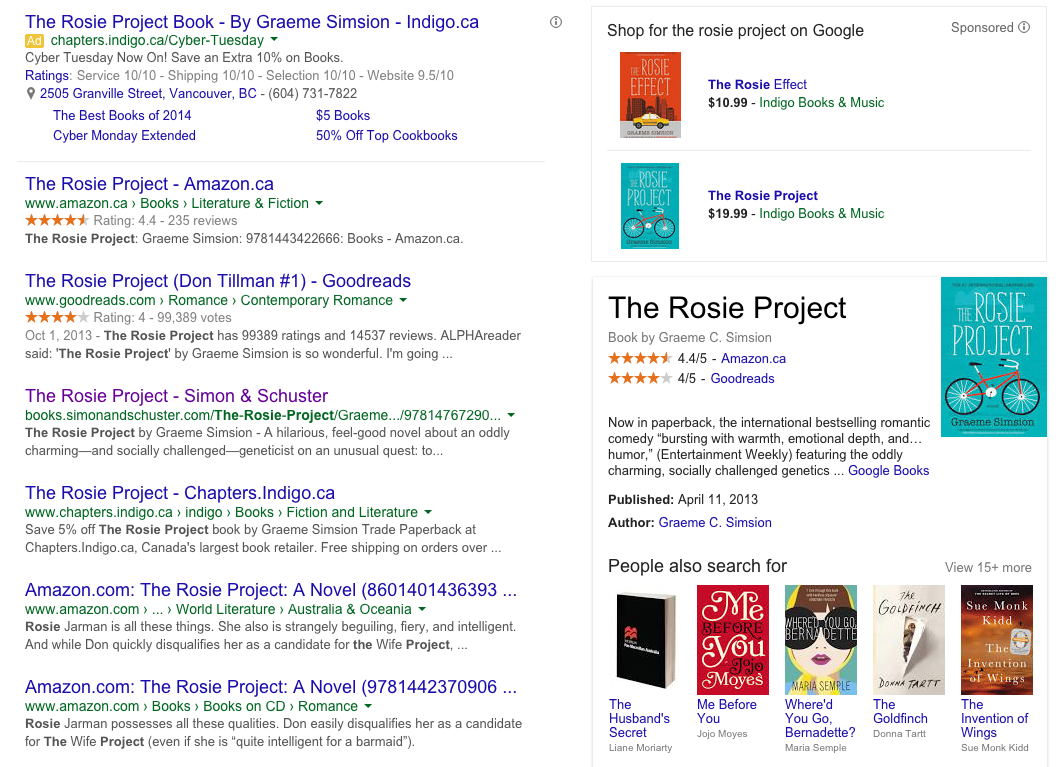Maile Ohye from Google shares 10-minutes worth of SEO tips for startups in this video.
The caveat here is that Ohye is defining a startup as a site with less than 50 pages and one that only wants to rank for a handful of related terms. The good thing is that most companies started out small, and basic SEO is always worth revisiting, even if you have a huge ecommerce site and thousands of products and related terms.
Have you done these basic SEO steps?
www or non-www
Decide on your preferred address and then use a 301 redirect from your not-preferred to preferred address. Why? Because the www version of your site and the non-www version are considered by Google to be two separate sites. You want to resolve one address to the other so that everyone who visits your site is redirected to your preferred address. Try it out: if you type in https://boxcarmarketing.com in your browser’s address bar, the website address resolves to https://www.boxcarmarketing.com
You want one site in the eyes of search engines. It also means that the full scope of traffic to your website is captured in Google Analytics. Make sure to use a 301 permanent redirect vs. a 302 temporary redirect.
Verify Webmaster Tools
Webmaster Tools can be synched with Google Analytics, which then provides you with greater information about keywords, site performance and search performance. The big plus is that if you set up email forwarding then you will receive alerts from Webmaster Tools about issues crawling your website, including warnings about malware or your site being hacked.
Crawl and Submit to Index
Another great reason to use Webmaster Tools is the “Crawl and Submit to Index” feature. This function lets you crawl a webpage as the Googlebot, allowing you to see whether pages are redirecting correctly and how Google understands the page. The submit to index button lets you crawl the page then resubmit that page to be indexed. This is particularly good if you’ve made a lot of changes to a webpage. You can initiate it being crawled so that the most recent information is displayed in search results.
Defining Your Conversion
Basically, set up Goals. Determine the desired actions visitors should take on your website—such as Sign Up, Contact, Buy, Try, Share—and set up Goals and Event Tracking so that you gain insights into your visitors’ on-site behaviour and how, and if, they are undertaking the actions that are important to your business’ success.
Design and Write with Personas in Mind
Ohye recommends defining your target audience with personas so that you include page elements that are important to them and help answer questions they may have in mind. For example, “does this product really work?” Include reviews. “What if I don’t like it?” Include a guarantee policy or returns policy.
Don’t Be a More On
Write persuasive link text vs. “click here.” In particular, include the keyword phrase in your anchor text that potential visitors may be using.
Pay Attention to Page Load Time
Watch my 1 Minute Marketing video on improving page load time and why it’s an important SEO factor.
Now, the thing that I find lacking about Ohye’s tips is the emphasis on having a remarkable product and writing remarkable content so that you generate buzz. This is a big job, and a big deal. Buzz isn’t something that scales easily and startups are often tapped for time because they are out building that remarkable product and finding an audience and sorting out all the logistics. The challenge for startups is Google’s new emphasis on social proof: the +1, share, like, linking, etc. On the one hand Ohye is saying stay focussed on your site, but the background music is playing a different tune. I worry about the over-emphasis on social proof and how that is affecting search engine results.
Aaron Wall recently wrote about Negative SEO and the challenges that small to medium businesses are facing today. It’s worth a read.


